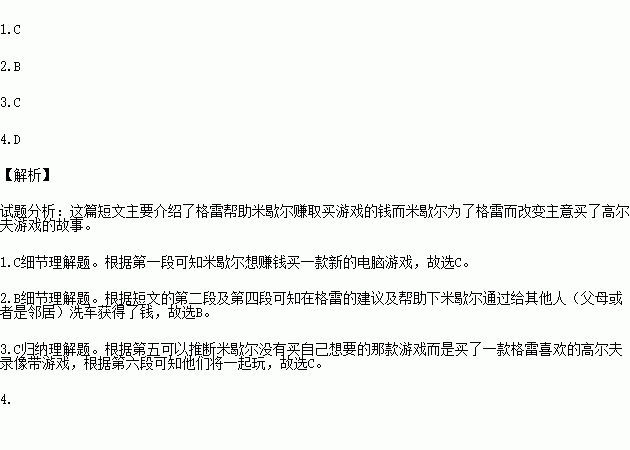Understanding the Basics

Creating counterfeit money that looks and feels real is a complex task that requires a detailed understanding of currency design, materials, and printing techniques. Before diving into the specifics, it’s important to note that the information provided here is for educational purposes only and should not be used for illegal activities.
Materials and Tools

Producing high-quality counterfeit money involves several materials and tools. Here’s a list of the most commonly used items:
| Material/Tool | Description |
|---|---|
| High-quality paper | Thick, durable paper that mimics the texture of genuine currency. |
| Special inks | Inks that are resistant to fading and can replicate the color and texture of genuine currency. |
| Microprinting | Microscopic text that is difficult to see with the naked eye but can be verified under a magnifying glass. |
| Security features | Features such as watermarks, holograms, and metallic threads that are difficult to replicate. |
| Printing equipment | High-quality printers, such as offset or digital presses, that can produce detailed images and text. |
Designing the Counterfeit Currency

Designing the counterfeit currency is a crucial step in making it look and feel real. Here are some key aspects to consider:
-
Observe the genuine currency closely to understand its design, including the layout, colors, and fonts.
-
Use high-resolution images of the genuine currency to create a template for your design.
-
Ensure that the design includes all the necessary security features, such as watermarks, holograms, and microprinting.
-
Choose the right colors and inks to match the genuine currency’s appearance.
Printing the Counterfeit Currency
Printing the counterfeit currency is a delicate process that requires precision and attention to detail. Here are some tips for successful printing:
-
Use a high-quality printer with the appropriate settings for the paper and inks.
-
Ensure that the printer is properly calibrated to produce accurate colors and images.
-
Print multiple copies of the currency to create a batch that appears uniform.
-
Inspect the printed currency for any errors or inconsistencies before proceeding to the next step.
Finishing Touches
Once the counterfeit currency is printed, there are several finishing touches that can help make it look and feel more realistic:
-
Apply a varnish to protect the currency and enhance its appearance.
-
Use a heat press to apply security features, such as holograms and metallic threads.
-
Trim the edges of the currency to ensure a clean, professional look.
Testing the Counterfeit Currency
Before using the counterfeit currency, it’s important to test it to ensure that it looks and feels real. Here are some tips for testing the currency:
-
Observe the currency under a magnifying glass to check for any imperfections or inconsistencies.
-
Compare the currency to genuine currency to ensure that it matches in terms of color, texture, and design.
-
Conduct a tactile test by running your fingers over the currency to check for the correct texture and feel.
Conclusion
Creating counterfeit money that looks and feels real is a challenging task that requires a combination of skills, materials, and tools. While the process can be fascinating to learn about, it’s important to remember that producing and using counterfeit currency is illegal and can lead to serious consequences. Use this information responsibly and for educational purposes only.


